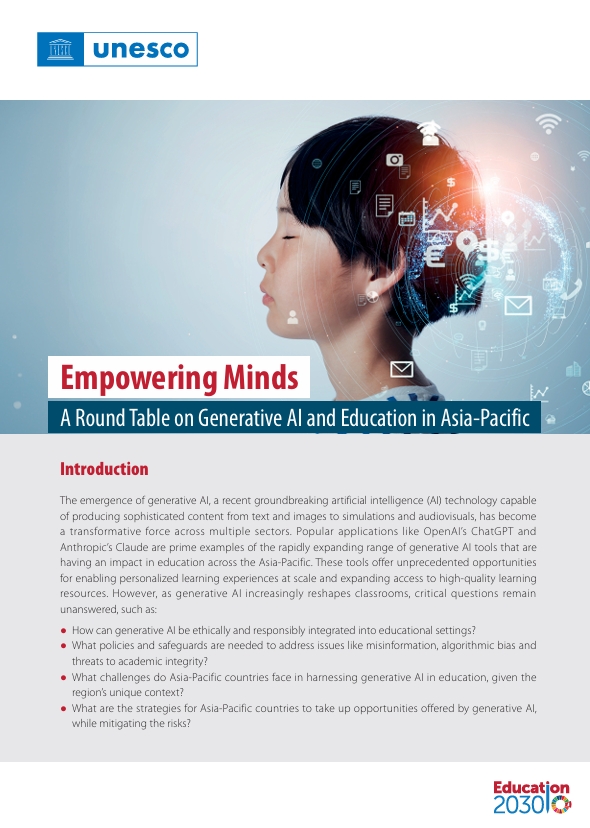By David Raths 19 December, 2017
When Educause named Ohio State University‘s Liv Gjestvang a winner of its “Rising Star” award for 2017, it noted her involvement with the OSU Digital Storytelling program, which teaches faculty to share their stories and increase the visibility of their academic work, as well as Ohio State’s Digital First initiative, which develops digital content to transform teaching and learning.
That breadth of work is key in the field of ed tech, according to Gjestvang, who serves as OSU’s associate vice president of learning technology. In a Future Trends Forum video chat last week with futurist Bryan Alexander, she spoke about the idea of expanding the definition of what academic technology leaders address. “When I think about it, we would be only halfway successful if we created a great learning experience in the classroom,” she said. “When the students are so digitally connected, the other half involves developing models for engagement and resilience that allow people to live lives that are meaningful, effective and healthy. That is the other half of our work, the deeper piece. All of those things need to be part of the equation.”
Alexander began the conversation by asking Gjestvang about the concept of a “Slow Ed Tech Movement” and what that term means to her.
She responded by admitting that the pace of her team’s work is growing faster every day, and that it is exciting that there are so many opportunities to address issues of access to higher education and introduce concepts of digital literacy and social change. “There are increasing opportunities to do work that has meaningful impact,” Gjestvang said. “The slow piece is thinking about how we bring a relationship to the work that is driven by a sense of purpose and meaning. Also, it involves thinking about how we design ways of working in teams and as a community that allow us to sustain the work in ways that are healthy and that don’t burn people out.” When we operate at a breakneck pace, she explained, we lose the ability to bring passion to our work and to other things we care about.
With all the financial stresses universities are under, however, how does that vision translate into the day-to-day work of academic technology staff members?
“We are stopping to make sure we are thinking not just about opportunities in front of us with technology, but about the problems we are trying to solve,” Gjestvang said. Sometimes that means walking away from or taking a pause on some avenues as OSU chooses which are most important to invest in. “We came from a place of pursuing a lot of opportunities at the same time,” she said. “Now we are thinking about which of those we step away from and whether there are a few things we can invest in in really meaningful ways.”
The other aspect of slow ed tech, she said, is making sure the work environment encourages people to connect with each other, and designing ways to share ideas that slow the pace a little bit and allow for meaningful conversations.
The conversation then turned to specific projects at OSU. One is called the Affordable Learning Exchange (ALX), which includes a variety of tools, including open content repositories and digital textbooks, aimed at providing a more affordable experience for students. Nineteen ALX grant recipients are working on projects during the 2017-2018 academic year that are projected to save students between $900,000 and $1,200,000 annually.






